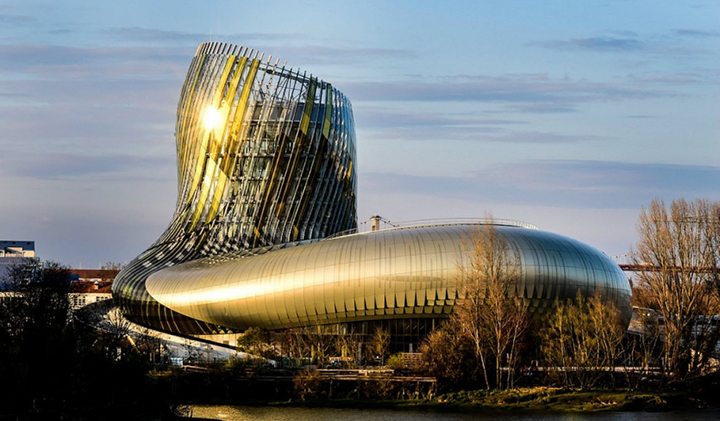By monitoring and collecting data from social networks, ESILV researchers analyze the impact of these structures on the evolution of tourism in Bordeaux.
The school pilots a collaborative research and development project called “BIG DATA AND TOURISM”, in partnership with the Bordeaux Métropole, the Bordeaux Métropole Tourist Office and the Banque des Territoires Nouvelle-Aquitaine.
The researchers have 1 year to study and analyze via social networks such as TripAdvisor, Flickr or Instagram, the impact of the opening of “La Cité du Vin” and the arrival of LGV (high-speed rail) on tourist practices.
Bordeaux, a Touristic Metropole
Bordeaux Métropole sees in this partnership the opportunity to lead an ambitious project within the framework of RGPD European regulation, which guarantees the protection of individual data.
The Bordeaux metropolis recorded in 2017 five million tourist nights, including 22% foreign overnight stays. Tourism is therefore strategic for the metropolis, but also for the New Aquitaine region because it generates 13,500 salaried jobs and contributes to dynamic support for local economic growth.
For more than 10 years, tourists have been exchanging experiences by posting photos, comments or opinions on social networks or the many websites specialized in tourism.
In terms of volume, in early 2015, TripAdvisor had more than 200 million reviews posted by 57 million users, Flickr, 200 million geotagged photos and Instagram, one billion geo-localized photos.
Several billion traces
So many traces open perspectives of analysis and interpretation hitherto unexploited. ESILV’s teacher-researchers work with local authorities (the Center region, the Paris City Hall and the Conseil Départemental du Tourisme 93) on the exploitation of these data and assist them in analyzes and strategies.
This is an important innovation that aims to analyze the contribution of massive data from various social networks:
- To model and understand tourist behaviors in Bordeaux and its region;
- To evaluate the impact generated by the evolution of the territory (wine city, LGV …);
- To identify and quantify in a relative way the regional tourist flows in and out of Bordeaux from the traces left in the other tourist poles of the region;
- To identify synergies – if any – between different tourist centers of the Bordeaux metropolis but also tourist basins or regional tourist poles, even extra-regional.
The first phase focuses on the modeling of tourist flows before and after the opening of the Cité du Vin in mid-2016 and the arrival of the LGV line in mid-2017.
This project for the Bordeaux Metropole and the Tourist Office of Bordeaux metropolis
This project will provide graphical and cartographic indicators to visualize and measure over time the tourist behavior at large (metropolitan territory) and small scales (inter-regional), based on flows and profiles and therefore it will:
- To refine the understanding of tourist flows, which will lead to study reports and publications;
- guide public policies in the field of tourism to better take into account observed flows.
For the Banque des Territoires
As part of its “Smart City” program, the Banque des Territoires has been supporting territorial actors since 2016. The program is led in partnership with local authorities and private players, including subsidiaries of the Caisse des Dépôts Group, large groups, and startups.
This approach aims at exploring and advancing economic models, new services, disruptive technologies, which will enable territories to jointly tackle technical challenges in the name of the general interest. Through this project, the Banque des Territoires intends to contribute to the reflection and experimentation on the Smart City data platforms to the services of urban planning and tourist attractiveness.
More about The De Vinci Research Center
This post was last modified on 7 January 2019 3:49 pm






